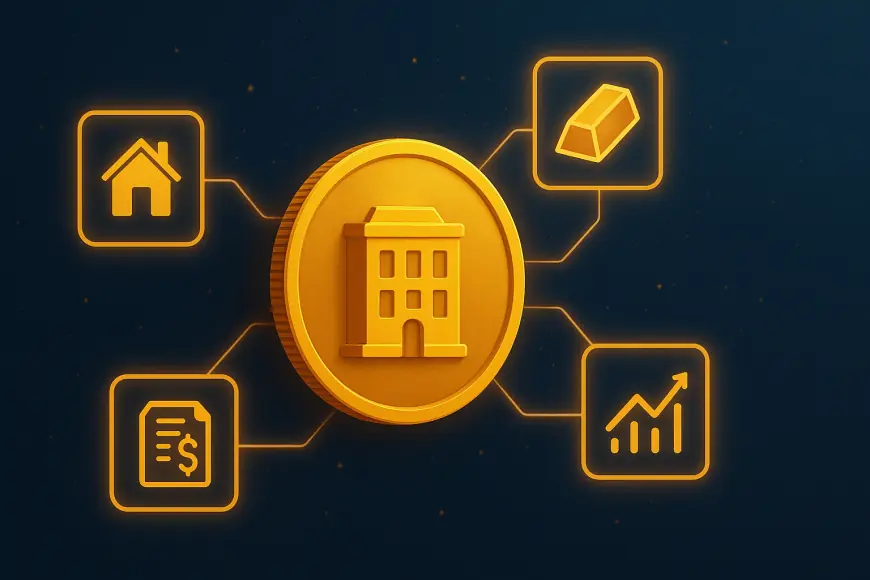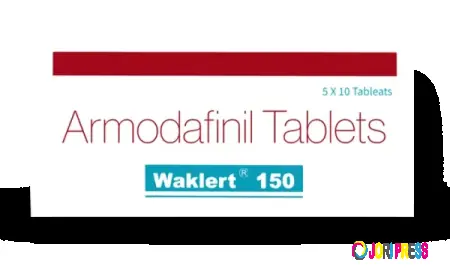Real World Asset Tokenization and Regulatory Trends in 2025

The financial world is undergoing a major transformation as blockchain technology continues to reshape how assets are owned, traded, and managed. Among the most disruptive applications of blockchain lies real world asset (RWA) tokenization, a process that allows tangible assets like real estate, commodities, art, and private credit to be represented as digital tokens on the blockchain. This approach unlocks liquidity, democratizes access to investments, and streamlines asset management in ways that traditional financial systems often fail to achieve.
As we step into 2025, however, the discussion around RWA tokenization has shifted beyond its technical and financial advantages. The spotlight is now firmly on regulatory trends that are shaping how businesses, investors, and institutions approach tokenized assets. Governments and regulatory bodies across the globe are actively working to create frameworks that balance innovation with investor protection, setting the stage for how this market will grow in the years ahead.
This blog takes a closer look at how real world asset tokenization is evolving in 2025 and the regulatory developments that are steering its trajectory.
The Rise of Real World Asset Tokenization
Real world asset tokenization has moved from being a theoretical use case to a practical financial model embraced by major institutions. Real estate developers are issuing tokenized property shares, private equity firms are exploring blockchain to fractionalize ownership, and even governments are considering the use of blockchain to tokenize infrastructure projects and sovereign bonds.
By creating digital representations of assets, tokenization allows for fractional ownership, instant settlement, and broader access to traditionally illiquid investments. For example, an investor in India can own a fractional share of a New York commercial property or participate in fine art investments that were once limited to a select few. This democratization of finance has significantly expanded the market potential for tokenized assets.
Industry analysts estimate that trillions of dollars worth of assets could be tokenized by the end of the decade. With this scale of transformation, regulatory oversight is not just necessary but inevitable.
Why Regulation Matters in Tokenization
Tokenization touches both traditional finance and blockchain innovation, which makes its regulatory environment uniquely complex. Unlike purely digital assets such as cryptocurrencies, tokenized real world assets derive their value from tangible, legally recognized property. This dual nature brings them under the purview of securities laws, property laws, and digital asset frameworks simultaneously.
Regulation plays a crucial role for several reasons. It ensures investor confidence by establishing trust in the legal enforceability of tokenized ownership. It also prevents fraudulent schemes and market manipulation, two risks that have historically plagued both traditional securities and unregulated crypto markets. Furthermore, regulatory clarity enables institutional adoption. Banks, asset managers, and insurance companies are more willing to participate in tokenized asset markets when compliance requirements are clearly defined.
In short, regulation is the foundation that transforms tokenization from an innovative experiment into a sustainable and scalable financial model.
Global Regulatory Trends in 2025
The year 2025 marks a period where countries are no longer debating whether to regulate tokenized assets but how to regulate them. Here are some of the key global trends shaping this space:
United States: Expanding SEC Oversight
In the United States, the Securities and Exchange Commission (SEC) has taken a stronger stance on classifying tokenized assets that mirror securities. In 2025, new guidelines emphasize disclosure requirements, custody rules, and investor protections. While some critics argue this slows innovation, it has also provided much-needed clarity for businesses that want to tokenize real estate, private equity, or debt instruments.
At the same time, state-level sandboxes and pilot programs are allowing innovators to test tokenization models under regulatory supervision. This dual approach is gradually creating a compliant environment for tokenized finance in the U.S.
European Union: MiCA and Beyond
The European Union continues to lead with its Markets in Crypto-Assets (MiCA) regulation, which formally came into effect in 2024 and is being fully enforced in 2025. MiCA establishes comprehensive rules for issuers, custodians, and service providers of tokenized assets. It emphasizes consumer protection, transparency, and cross-border harmonization across the EU.
Additionally, the EU has been focusing on integrating tokenization into its capital markets framework, exploring tokenized bonds and green finance initiatives as part of its sustainability goals. The region’s regulatory clarity has already attracted institutional players to experiment with RWA tokenization.
Asia: Rapid Adoption with Tailored Rules
Asian markets are adopting a more flexible but ambitious stance. Singapore and Hong Kong have positioned themselves as hubs for tokenization by offering clear licensing frameworks for tokenized securities and commodities. In 2025, regulators in these regions are emphasizing risk management and investor education, ensuring that tokenization aligns with long-term economic growth strategies.
Meanwhile, countries like Japan and South Korea are exploring tokenization of public infrastructure and government bonds, signaling an expansion beyond private sector applications.
Middle East: Building Financial Innovation Hubs
The Middle East, particularly the UAE and Saudi Arabia, has emerged as a pioneer in blockchain adoption. In 2025, regulators in these regions are introducing specialized frameworks that make it easier to tokenize real estate and commodities like oil and gold. Their aim is to use tokenization not only to diversify their economies but also to strengthen their positions as global financial centers.
Key Themes in Regulatory Trends
Several common themes have emerged in regulatory developments across jurisdictions:
Standardization of Compliance
Regulators are focusing on creating uniform standards for issuance, custody, and trading of tokenized assets. This helps reduce friction for cross-border investments and fosters a more liquid and globally interconnected market.
Focus on Investor Protection
Consumer protection remains a top priority, with rules requiring clear disclosures, transparent pricing mechanisms, and strong safeguards against fraud. Regulators are keen to ensure that the benefits of tokenization do not come at the cost of investor safety.
Integration with Traditional Finance
Tokenization is increasingly being regulated as an extension of traditional finance rather than a separate category. This means banks, brokerages, and asset managers are being encouraged to integrate tokenized assets into their offerings under familiar compliance requirements.
Experimentation Through Regulatory Sandboxes
To balance innovation with oversight, many jurisdictions are adopting regulatory sandboxes where tokenization projects can be tested in controlled environments. These sandboxes help regulators understand emerging business models while giving startups room to innovate responsibly.
Implications for Businesses and Investors
For businesses, the evolving regulatory landscape in 2025 presents both opportunities and challenges. On one hand, regulatory clarity opens doors to mainstream adoption, institutional partnerships, and large-scale projects. On the other hand, compliance costs and licensing requirements demand careful planning.
Investors, meanwhile, benefit from greater trust in the market. Tokenized assets are becoming more accessible not only to accredited investors but also to retail participants under well-defined protections. However, investors must remain attentive to jurisdictional differences, as rules may vary significantly across countries.
Strategic Takeaways
As regulatory frameworks mature in 2025, businesses and investors engaging with real world asset tokenization should focus on three strategic priorities. First, they must embrace compliance as a competitive advantage. Firms that build robust regulatory strategies will be better positioned to attract institutional partners. Second, they should leverage tokenization in areas where regulations are already supportive, such as real estate in the UAE or securities in the EU. Finally, staying adaptive is key—since regulations are still evolving, continuous monitoring and flexibility will ensure long-term success.
Conclusion
Real world asset tokenization has reached a turning point in 2025. No longer just a concept for innovators, it is becoming a regulated financial model that bridges the gap between traditional assets and digital finance. Regulatory trends across the globe are setting the groundwork for responsible growth, emphasizing transparency, investor protection, and integration with mainstream markets.
As tokenization scales into the trillions, regulation will remain the cornerstone of its future. Businesses that navigate these frameworks effectively will not only gain investor trust but also secure a leadership role in the next era of global finance.
What's Your Reaction?
 Like
0
Like
0
 Dislike
0
Dislike
0
 Love
0
Love
0
 Funny
0
Funny
0
 Angry
0
Angry
0
 Sad
0
Sad
0
 Wow
0
Wow
0


















































